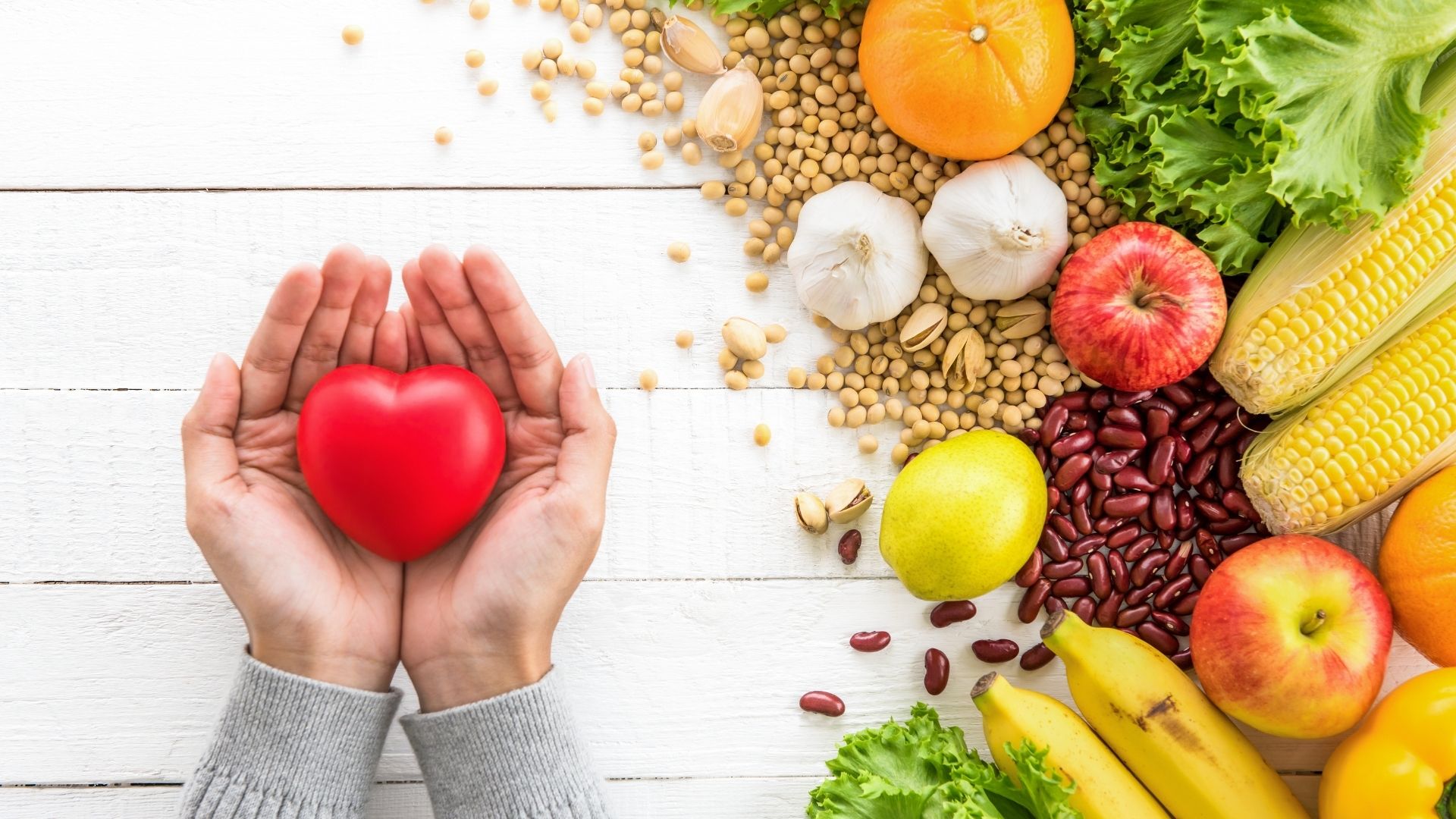How To Boost Your Happiness Hormones to Live Longer
The happiness hormones serotonin and oxytocin don't only help fight depression. They also cut heart disease, stroke, and Alzheimer's risk by strengthening arteries, so nutrient-rich blood quickly reaches your organs. Send some love. Taking one minute to let someone know that you're thinking about them can bring about an increase in your oxytocin production Take…
read more

